In this competitive world, everyone wants to create an identity in the market. To achieve their purpose, they use different strategies or techniques! So, if you are in the industry and want to make yourself distinctive from others, there are some main points that you should know! The main thing you should know is that customers attract to a product that has a good covering style.
The following are some styles of packaging cartons you can use to enhance the value of your goods!
Tuck end boxes:
A major characteristic of tuck-end boxes is their ability to open and close flaps and their use for removing products from them, which is why they’re widely used.
In addition to giving these boxes a firm look, their flaps also provide a stronghold for their packed products. Your customers can easily open these boxes several times and conveniently access the products.
These boxes have firm tucks that help to make them very easy to lock so that they are able to stay secured without falling out. Different industries opt for different styles of tuck flaps to protect their products from falling when the box is gripped from the top by a retail shelf when it is being held from the top. The upper and lower flaps of the packaging boxes need to be tucked in order to prevent them from opening for the first time or even to shield the products within them from dust, sunlight, and even from the sun.
Reverse tuck boxes:
There is only one difference between the reverse tuck box and the straight tuck box in that the end closures differ. The reverse tuck box has the top and bottom closures on opposing sides of the box rather than on the same side so that they fold in opposite directions when they are closed.
Aside from that, there is only one difference between this folding carton and its close cousin when it comes to price. A straight tuck box has both end closures on the same side, which means that it takes less paper to make the box and will be cheaper. It is very useful to use either a straight tuck box or a reverse tuck box when it comes to light or medium-weight goods.
Auto-lock bottom box:
A box with an auto-lock bottom is normally made of a sheet material specially designed to lock automatically during assembly. It is usually topped with a simple tuck top flap. Auto-lock bottom boxes are often called auto-bottom boxes or crash bottom boxes.
If you have a very heavy item, this type of folding carton is perfect for you. They’re the strongest of all box types, so if you have something very heavy, this one should be at the top of your list. These auto-lock bottom boxes can be used to package candles, craft beer bottles, large cosmetic containers, and wine and craft beer bottles.
Straight tuck boxes:
A straight tuck box is one of the most common types of boxes you can buy for any industry. The top and bottom closures are on the same main panel. It folds in the same direction from front to back. The tucks usually stay in place with slit locks on straight tuck end boxes.
There is no doubt that these boxes are ideal for products that are light and medium in weight. They are also excellent for compact storage (boxes arrive flat). They can hold cutouts with no compromise to integrity. Moreover, a slit lock is used for securing the package. This method of wrapping paper is more expensive than Reverse Tuck.
Display boxes:
A display box or pop-up package can be used for packaging or displaying the contents. Folding cartons offer extra promotional space when the lid is opened. If the lid is closed, they protect and transport the items inside.
In order to create a display box that fits on a counter or shelf, you can either remove the perforations or fold the parts according to your needs.
Two pieces boxes:
As the name implies, there are two separate halves to this type of folding carton. A double-wall folding carton is a great way to package higher-end luxury products like jewelry, clothing, or confections since both sides of the lid and tray fit together to form a double wall. Custom inserts are available for your product if you have multiple pieces. These inserts will keep them separate during transport and display if your product has multiple pieces.
123 bottom boxes:
A folding carton with three steps to assemble is called a three-step carton. Three-step cartons require a lot less time to assemble than simple folding cartons.
Snap bottoms or locks bottom boxes are also common names for 1-2-3 boxes. Because the bottom flaps push together to lock, this type of packaging is also ideal for heavy objects. It looks great for high-end beers, wines, and spirits. Large candles or heavier electronics can also be packaged in 1-2-3 boxes.
Tray sleeve packages:
Sleeve packaging is a box without bottoms or tops. It is designed to slip over another, mostly undecorated, box to offer more space for product information and branding.
The main selling point for this type of folding carton is the price. It provides some additional rigidity and padding. It is also one of the best ways to wrap a gift. As there are no flaps on the top or bottom of the sleeves, they are the cheapest option on this list and can easily be slipped over any plain box for instant customization. These rigid boxes are ideal for a wide variety of luxury products.
In a nutshell:
In order to create a distinctive identity in the market, you must choose the styles described above! They will not only attract your customers but also help you to stand your products on the shelf.
Read Also: Boxed Packaged Goods – Some Type and Advantages of Boxes for Packaging

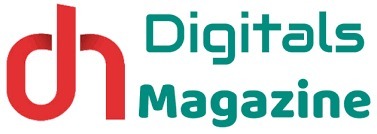
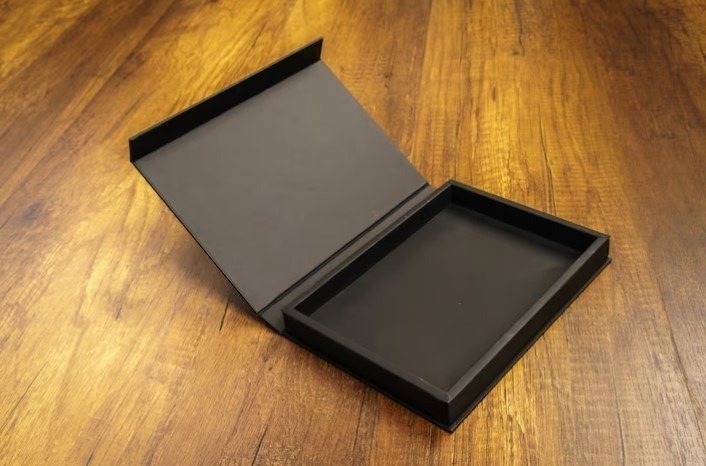




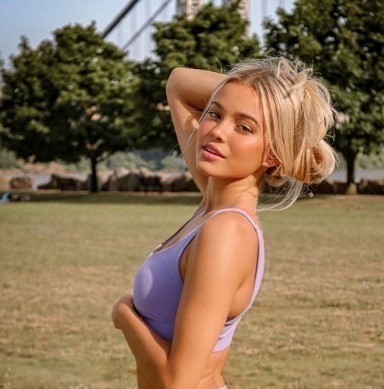

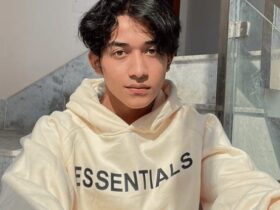
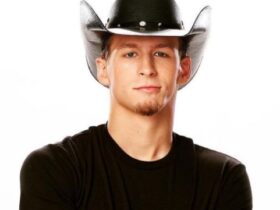
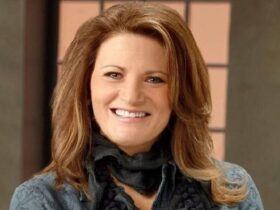




Leave a Reply